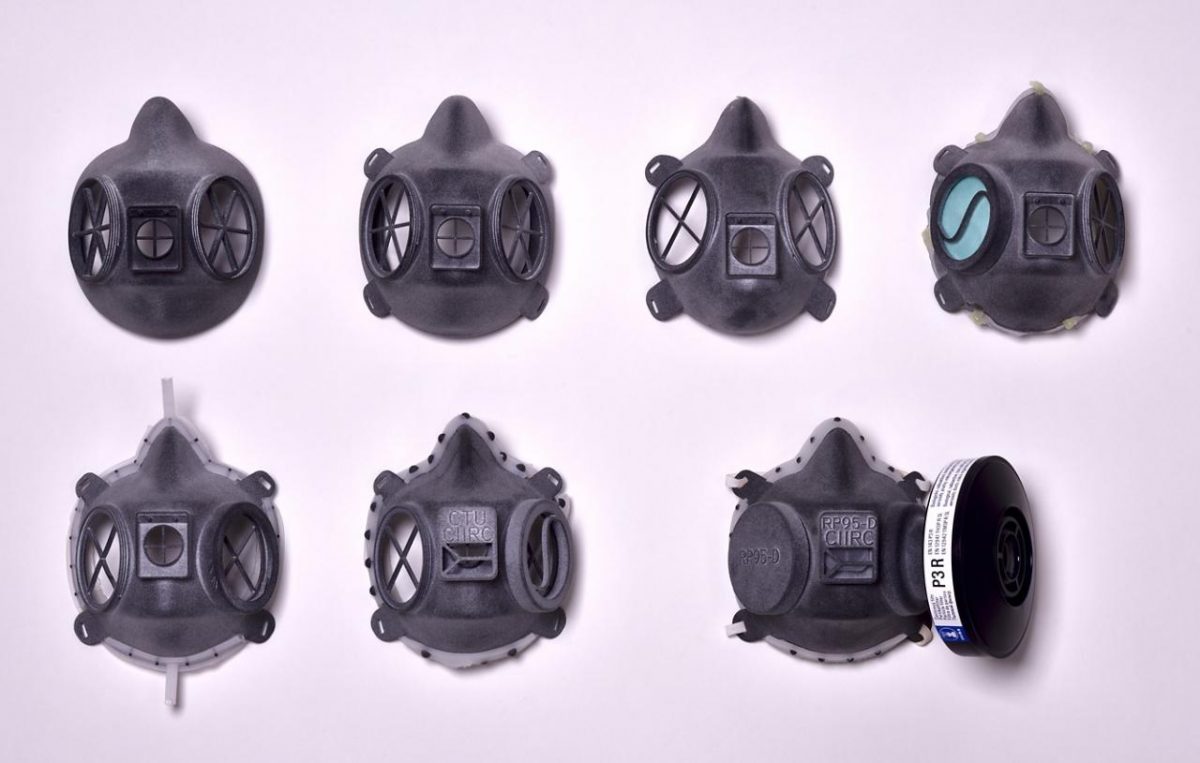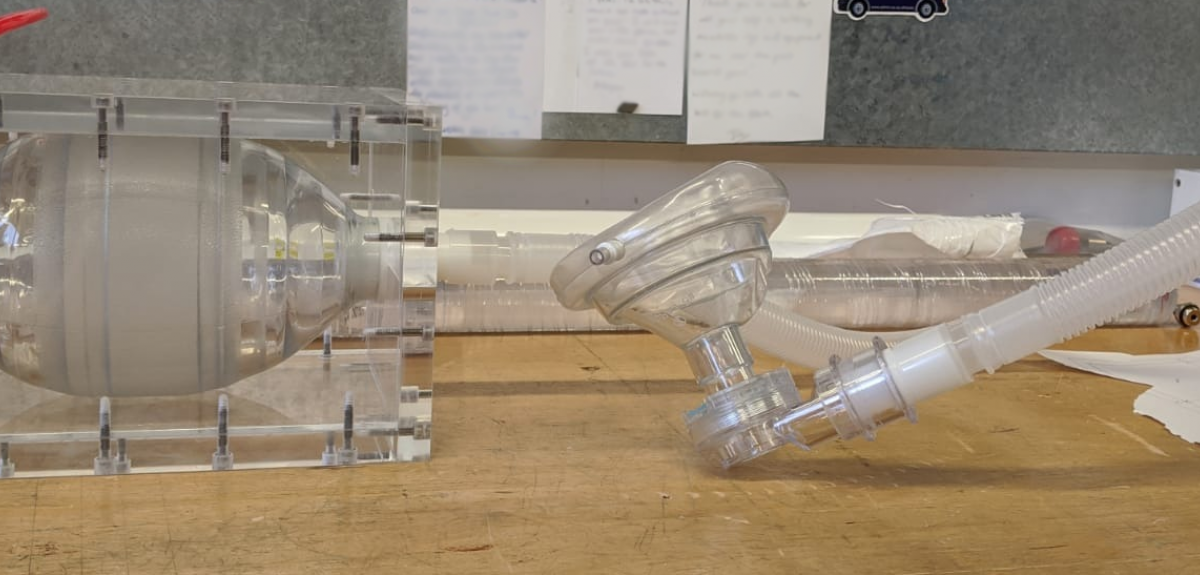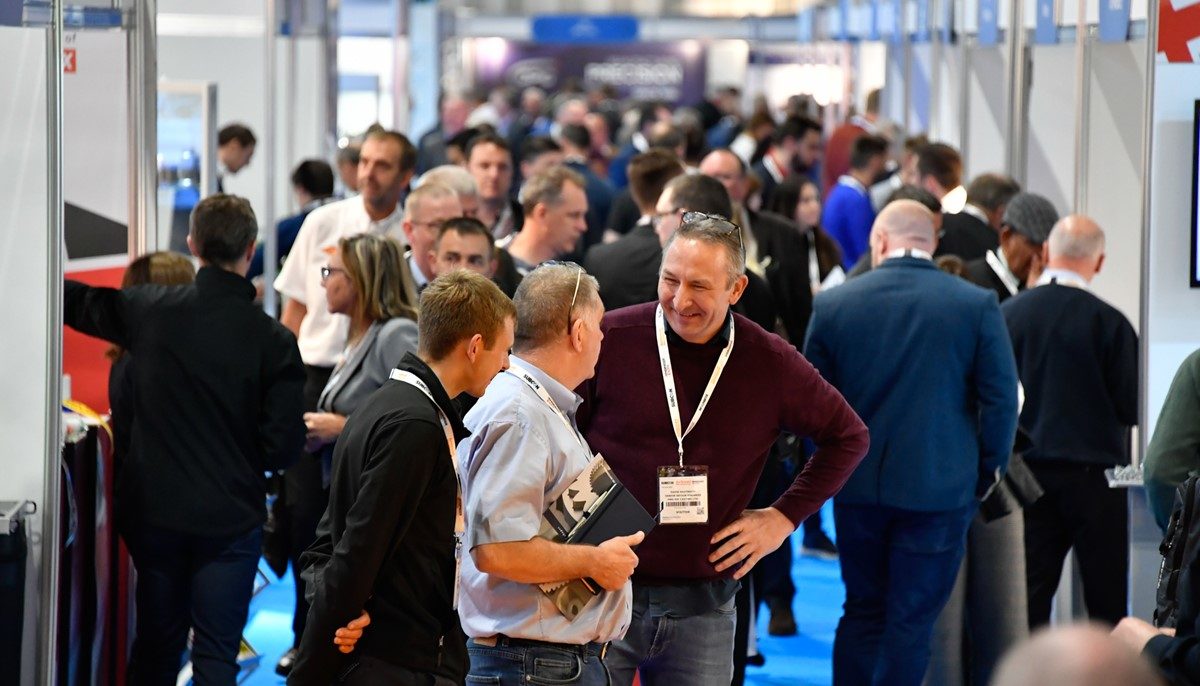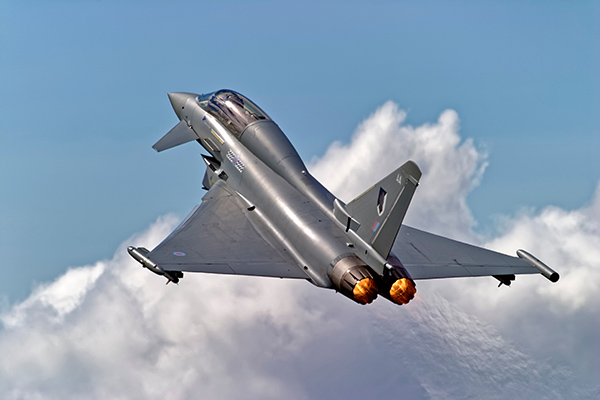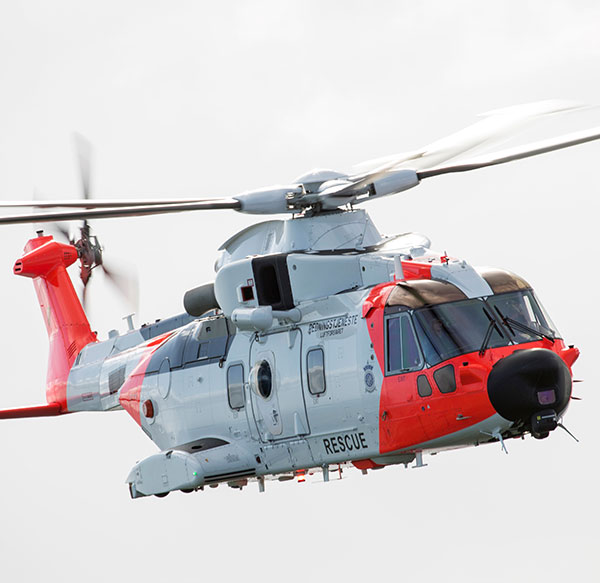HP Inc and its global digital manufacturing community are mobilising their 3D-printing teams, technology, experience and production capacity to help deliver critical parts in the effort to battle the COVID-19 pandemic.

More than 1000 3D-printed parts have already been delivered to local hospitals. HP’s 3D R&D centres in Barcelona, Oregon, San Diego, California and Vancouver are collaborating with partners around the world in a co-ordinated effort. Initial applications being validated and finalised for industrial production include face masks, face shields, mask adjusters, nasal swabs, hands-free door openers and respirator parts.
For further information www8.hp.com






